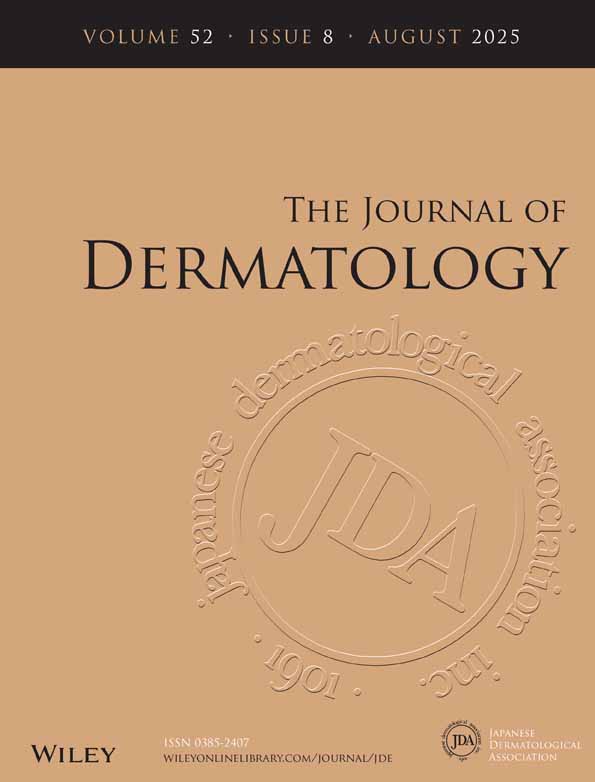Rapid Effects of Olopatadine Hydrochloride on the Histamine-Induced Skin Responses
Abstract
Olopatadine hydrochloride is one of the second-generation nonsedating antihistamines that are used for treating allergic disorders such as urticaria, rhinitis, and atopic dermatitis. We examined the inhibitory effects of this drug on the flare and wheal responses induced by histamine iontophoresis at 30, 60, and 90 min after oral administration in a double-blind, cross-over, and placebo-controlled study. Olopatadine hydrochloride significantly inhibited the histamine-induced flare and wheal responses as early as 60 min after oral administration when compared with placebo. Significant inihibitory effects of olopatadine hydrochloride on the itch responses were seen at 90 min after administration. Thus, olopatadine hydrochloride exhibited a very rapid and potent antihistamine effect on the histamine-induced skin responses.




